Many schools have a “hands off policy” which seems like a great thing if you just want to avoid using restraint and the risks associated with it. However, there are numerous risks to face when avoiding the prudent use of restraint for a child in crisis. All parents set limits on their children. All parents. When children are older, with language, these limits are usually set verbally as they are with all typically developing adults. For very young children, however, verbal control often fails and in dangerous situations physical control (some form of restraint no matter how mild) is not only warranted but absolutely necessary for safety. The problem is that when older, stronger, more experienced, children engage in dangerous behavior their physical management becomes more challenging and dangerous for all parties.
Still, older stronger children must be kept safe and must be kept from harming others. It is hard to imagine that any staff member would let a nonverbal child run into a busy intersection simply because the school has a hands off policy. If the school isn’t “hands off” when a child runs toward a busy intersection, then why are they hands off when a teacher or peer is attacked? Why are they hands off when self-injury occurs? In the PCM system physical holding isn’t used to “punish” bad behavior, it is used to set limits, provide for safety and prevent problem behavior from contacting unlimited reinforcement (destroying things, injuring self and others). Limits must be set on all members of society, ideally we set those limits verbally, when this fails we must set limits physically. This is an absolute necessity in a civilized society and is why we need law enforcement, when the word of law is insufficient (verbal control). We must treat children with special needs differently from others, not in terms of their fundamental human rights or respect they deserve, but in terms of what we will tolerate/accept/accommodate that we would not from the non-disabled population. We must set limits more gently, non-violently, non-punitively, yet we must set these limits. To allow anyone, to do anything they want, unchecked, sets them up for failure as a contributing member of society. We do not want our children handcuffed, tased, pepper sprayed or expelled from school, but we also should not allow a child to destroy a classroom because we do not want the responsibility that comes with the use of restraint. Restraint can be used irresponsibly, true, but “hands off” policies can also be used irresponsibly to the child’s ultimate detriment. No one I know “likes” using restraint. We all wish to minimize its use, but a failure to employ judicious short-term restraint can result in a lifetime of restriction. When we allow a child to destroy a classroom by doing a room clear (when we would never allow this in public from our own children) we may solve one problem (we don’t want to use restraint), but eventually the child’s behavior becomes someone else’s problem. Let’s accommodate individuals who require accommodations, let’s not rely on the police for things that we could do ourselves with the proper training. But let’s not go overboard and create a fantasy world where all behavior is allowable.
Merrill Winston, Ph.D., BCBA-D
Professional Crisis Management Association

